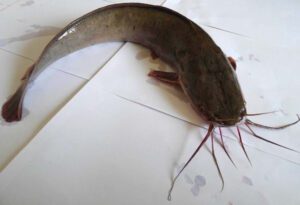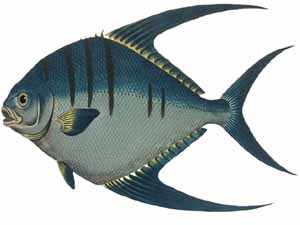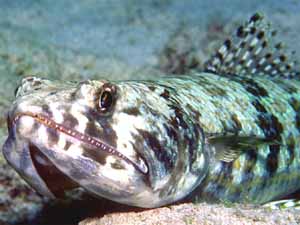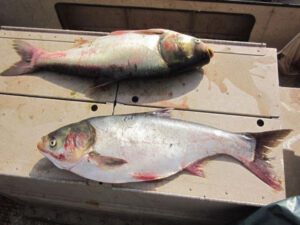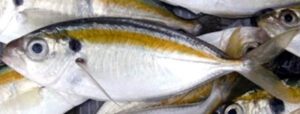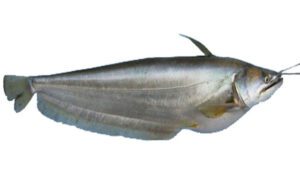The Chub mackerel fish is a mackerel which is also known as Pacific mackerel, Pacific chub mackerel, Strummu ucchiutu, Varatulu scrummu or Occhiutu.
It closely resembles the Atlantic chub mackerel. It is a very old fish species, and fossils of these fish have been found in the Pliocene of Italy from 3 to 2.2 million years ago.
The Chub mackerel fish are widespread in the Indo-Pacific, and they are absent from the Indian Ocean except for South Africa from KwaZulu-Natal to Western Cape.
They are widely distributed, and generally found in the northwestern, southeastern, and northeastern Pacific. They can be found from central Mexico to southeastern Alaska, in the eastern Pacific.
The Chub mackerel fish are generally found within 37 km off the coast in water temperature between 10 and 22 °C.
The young live around sandy beaches or kelp beds, while the adults are found in deeper waters in shallow banks to 300 meters deep. However, read some more information about this fish species below.
Chub Mackerel Fish Characteristics
The Chub mackerel fish has a well-developed swim bladder attached with the esophagus. It has a narrow palatine bone, palatine teeth in single or double rows (rows close and running into each other when double).
The first dorsal fin is with 9 to 10 spines, and the space between first and second dorsal fin is less than first dorsal fin base.
In case of coloration, the back is with oblique lines which zigzag and undulate, the belly is unmarked or marked by spotting or wavy broken lines.
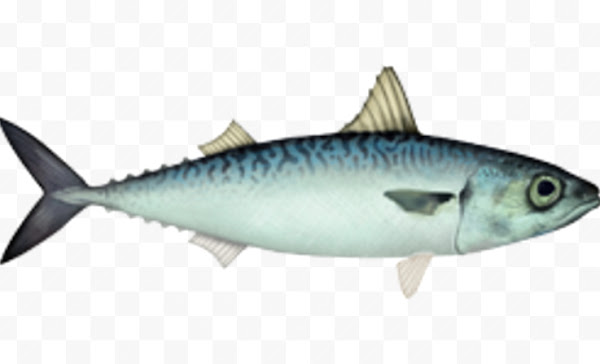
Average body length of the mature fish is around 8 to 14 inches. And the maximum recorded weight of this fish is around 2.9 kg. Photo and info from Wikipedia.
Diet
The Chub mackerel fish are mainly feed on copepods and rotifers when larvae, and sometimes even smaller larvae of their own kind.
The larvae can consume up to 87 percent of their dry body weight a day.
The juveniles are feed mainly on zooplankton. And the adult fish are feed on mysides and euphausids.
Breeding
Spawning of the Chub mackerel fish generally occurs at temperature between 15 to 20 °C. This in turn leads to different mating seasons depending on what part of the hemisphere they are located.
Generally spawning can happen from March through October, but mostly happens from April through August. The females can lay about 100,000 to 400,000 eggs during the breeding season.
Uses
The Chub mackerel fish is mainly used for food. According to nutrition specialists, meal of this fish is healthy, high in protein and rich in omega-3 and unsaturated fatty acids.
Special Notes
The Chub mackerel fish is not a predator itself, so it relies on camouflaging itself to stay hidden from it’s predators.
It is a popular food fish throughout the world. It is fished and canned on a regular basis for human consumption, pet food, bait or served fresh.
Chub mackerel fish meal is very healthy and very popular. It is enriched or high in protein, and rich in omega-3 and unsaturated fatty acids.
It is recommended in the diets of growing children and pregnant women, mainly due to it’s high energy and protein intake and also low carbohydrate value.
However, review full breed profile of this fish species in the following chart.
| Name | Chub Mackerel |
| Kingdom | Animalia |
| Phylum | Chordata |
| Class | Actinopterygii |
| Order | Perciformes |
| Family | Scombridae |
| Genus | Scomber |
| Species | S. japonicus |
| Binomial Name | Scomber japonicus |
| Other Names | Also known as Pacific mackerel, Pacific chub mackerel Strummu ucchiutu, Varatulu scrummu or Occhiutu |
| Breed Purpose | Mainly food |
| Special Notes | Economically important fish species, popular food fish throughout the world, it is fished and canned on a regular basis for human consumption, bait, pet food, very healthy food for human, high in protein, rich in omega-3 and unsaturated fatty acids, good for growing children and pregnant women |
| Weight | Maximum recorded weight is 2.9 kg |
| Breeding Method | Natural |
| Climate Tolerance | Native climates |
| Body Color | Can vary |
| Rarity | Common |
| Availability | Worldwide |

